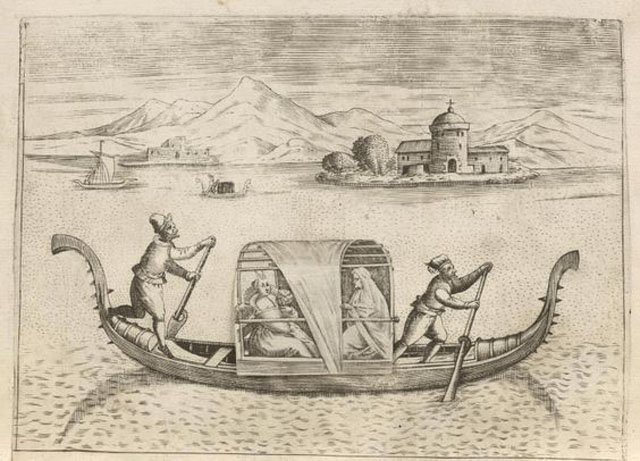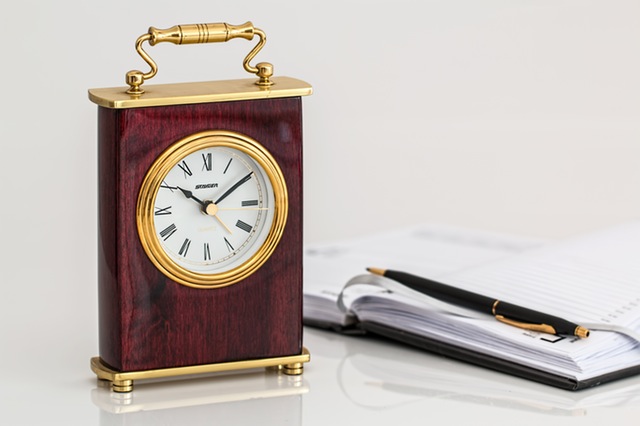Argentine artist Marta Minujín is set to open an art installation this year built from books that have been banned around the world.
Minujín is a conceptual and performance artist who has been creating art since 1959. While she was a student at the National University Art Institute in Buenos Aires, she received a scholarship that allowed her to travel to Paris. Her time spent there inspired her to create “livable sculptures,” most notably a piece called La Destrucción, in which she assembled mattresses along the Impasse Roussin, only to invite other avant-garde artists to destroy the display. This 1963 creation would be the first of her “Happenings,” which were performances, events and situations meant to be considered art. Her work over the next few years earned her a Guggenheim Fellowship in 1966, by which she relocated to New York City. While in New York, Minujín dabbled with psychedelic art, leading to one of her best-known creations, the “Minuphone,” in which patrons could enter a telephone booth, dial a number, and be surprised by colors projecting from the glass panels, sounds and seeing themselves on a television screen in the floor.
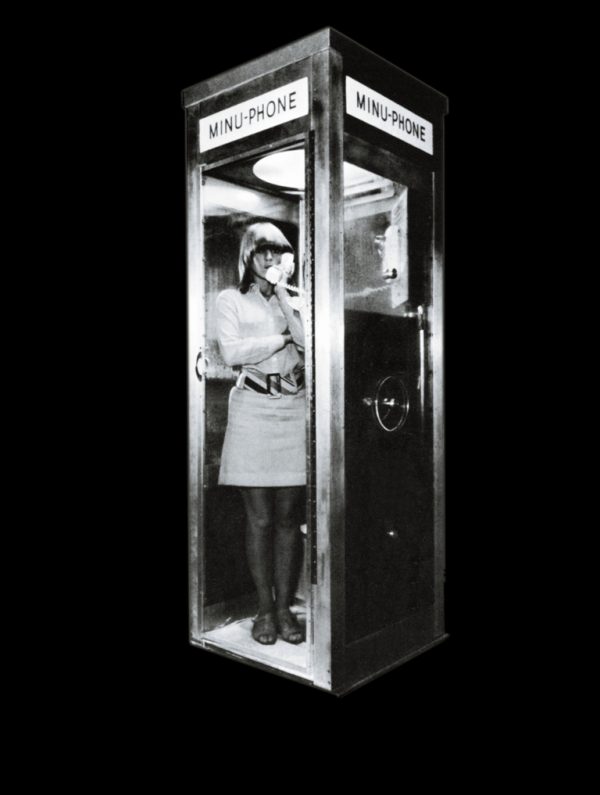
Source: Fundación Telefónica
She returned to Argentina in 1976, and began creating a series of reproductions of classical Greek sculptures in plaster of paris. During this time, Argentina was led by a dictatorship which failed and returned the country to a democracy in 1983. In response, Minujín created a monument to the biggest victim of the regime: the freedom of expression. Assembling 30,000 banned books (including reference volumes and children’s texts), she designed the “Parthenon of Books,” and following President Raúl Alfonsín’s December 10th inaugural, had it mounted on a boulevard median on the busy Avenue 9th. The Partenon was built using a tubular structure with the books affixed to it, fully covering the columns, frieze and pediments of the temple. The books were donated by more than thirty-five publishing houses, which had been keeping many of them in storage. When it was dismantled three weeks later, its mass of newly unbanned titles was distributed to the public.
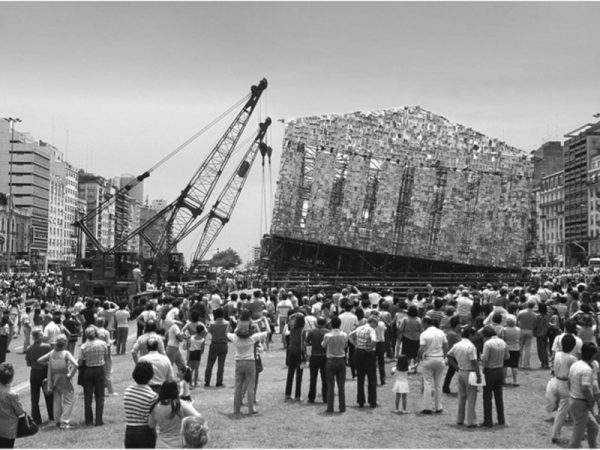
Source: Smithsonian
This year, Minujín will re-create her 1983 installation, which will be unveiled in June at art festival documenta in Kassel, Germany. Minujín and her team worked with researchers from the University of Kassel to identify book bans throughout history. The resulting list names around 72,000 “forbidden” titles dating all the way back to the 1500s. The list highlights extensive censorship in Nazi Germany, 18th-century Austria and the Soviet Union, and draws on a huge list of banned books kept by the Catholic Church from 1559 to 1966.
The list also contains a number of fascinating censorship attempts from other parts of the world as well. For example, Alice’s Adventures in Wonderland by Lewis Carroll was restricted in China in 1931. In the 1970s, books by Karl Marx and Fidel Castro were banned in Argentina. During the country’s period of extensive censorship under a dictatorship in the 1970s and ’80s, many children’s books, including El Principito (Le Petit Prince) by Antoine de Saint-Exupéry and the works of icon María Elena Walsh, whose songs and poems criticized the dictatorship, were also banned. During the 1940s, Canada restricted Norman Mailer’s The Naked and the Dead, while the Soviet Union banned George Orwell’s 1984. The University of Kassel database also shows that in 1870s United States, Giovanni Boccaccio’s Decameron and Geoffrey Chaucer’s Canterbury Tales were both banned from sale for their obscene material under the Comstock Laws.
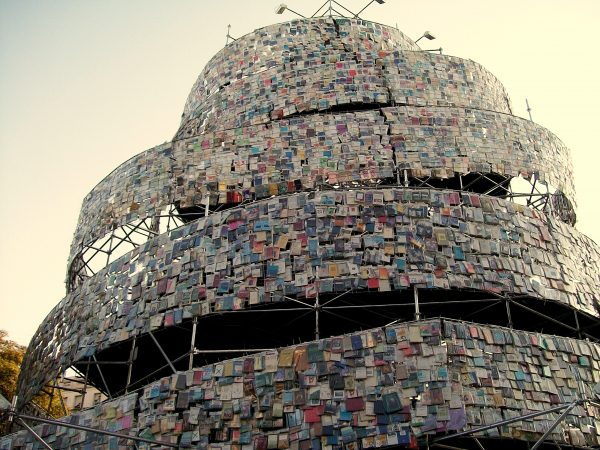
Source: Wikimedia
The new “Parthenon of Books” aims to collect 100,000 books to build the installation. If you’d like to donate books for consideration, you can do so here–but only those legal in Germany will be included.
YouTube Channel: The Economist
Featured image via Quartz
h/t Quartz
